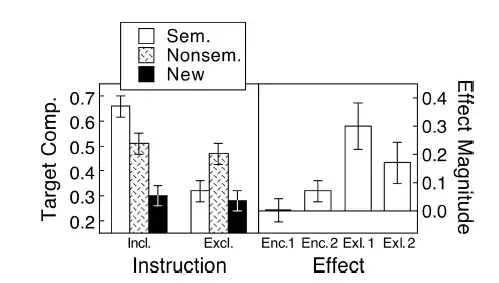Consider a distribution function $F:\mathbb{R}\rightarrow [0,1]$ definining the positive, finite measures $\mu_F$ determined by $$ \mu_F((a,b])\equiv F(b)-F(a) $$ for each $a,b\in \mathbb{R}$ with $b> a$.
Suppose $F$ is such that $\mu_F((1,3])=0$.
Can $F$ still be a continuous distribution (i.e., a continuous function) in the sense outlined here?
(Note, I'm asking whether $F$ can be a continuous distribution. I'm not referring to the concept of absolute continuity)
